Table of Contents
Introduction
Zongzi, also known as rice dumplings or sticky rice dumplings, is a traditional Chinese dish enjoyed during the Dragon Boat Festival. These flavorful parcels are made with glutinous rice, various fillings, and wrapped in bamboo leaves. In this blog post, we’ll guide you through the process of making your own zongzi recipe at home.
How to Make Zongzi Recipe
Ingredients and Directions
Zongzi Recipe
Course: Blog4
servings30
minutes40
minutes300
kcalTo make zongzi, you’ll need the following ingredients:
Ingredients
2 cups of glutinous rice
1/2 cup of mung beans
1/2 cup of dried shrimp
1/2 cup of pork belly, diced
1/4 cup of dried mushrooms, soaked and diced
2 tablespoons of soy sauce
1 tablespoon of oyster sauce
1 teaspoon of five-spice powder
Salt and pepper to taste
Bamboo leaves, soaked and softened
Directions
- Soak the glutinous rice and mung beans in water for at least 4 hours or overnight. Drain and set aside.
- In a bowl, mix the diced pork belly, dried shrimp, mushrooms, soy sauce, oyster sauce, five-spice powder, salt, and pepper. Marinate for 30 minutes.
- To assemble the zongzi, take two bamboo leaves and overlap them to form a cone shape. Fill the cone with a layer of glutinous rice, followed by the marinated pork mixture and mung beans. Top with another layer of rice.
- Fold the leaves to enclose the filling, forming a triangular shape. Tie the zongzi securely with kitchen twine.
- Repeat the process until all the ingredients are used up.
- Place the zongzi in a large pot and fill it with water until the dumplings are fully submerged. Bring the water to a boil, then reduce the heat and simmer for 2-3 hours, adding more water if needed.
- Once cooked, remove the zongzi from the pot and let them cool slightly before unwrapping and enjoying the flavorful, sticky rice dumplings.
Notes
- Experiment with different fillings like chestnuts, red beans, or salted egg yolks for variety.
- Zongzi can be stored in the refrigerator for up to a week or frozen for longer storage.
- Serve zongzi with chili sauce or soy sauce for an extra kick of flavor.
Tips and Variations of Zongzi Recipe
- Vegetarian option: For a vegetarian version, replace the meat and seafood with ingredients like mushrooms, peanuts, and red beans.
- Sweet zongzi: You can also make sweet zongzi by filling them with ingredients like red bean paste, lotus seed paste, or sweetened chestnuts.
- Storing: Cooked zongzi can be stored in the refrigerator for up to 5 days or in the freezer for up to 3 months. To reheat, steam them for 10-15 minutes until heated through.
The History and Significance of Zongzi Recipe
Zongzi has a rich history that dates back over 2,000 years in China. The tradition of eating zongzi is closely tied to the Dragon Boat Festival, which falls on the fifth day of the fifth month in the Chinese lunar calendar. The festival commemorates the death of Qu Yuan, a famous Chinese poet and patriot who drowned himself in the Miluo River. According to legend, people threw rice dumplings into the river to prevent fish from eating Qu Yuan’s body, giving rise to the custom of eating zongzi during the festival. Today, zongzi remains an important part of Chinese culinary culture and is enjoyed by millions of people around the world.
Regional Variations of Zongzi Recipe
While the basic concept of zongzi remains the same, there are many regional variations throughout China. Each region has its own unique flavors, ingredients, and wrapping techniques. Some notable variations include:
- Cantonese-style zongzi: Known for their savory fillings like pork belly, mung beans, and salted egg yolks.
- Jiaxing-style zongzi: Famous for their sweet fillings, such as red bean paste or sweetened lotus seed paste.
- Nyonya zongzi: A Malaysian and Singaporean variation that features a spicy, savory filling with ingredients like pork, candied winter melon, and mushrooms.
Exploring these regional variations can be a delightful way to expand your zongzi repertoire and appreciate the diversity of Chinese cuisine.
Zongzi Recipe Wrapping Techniques
One of the most challenging aspects of making zongzi is wrapping them properly. The wrapping technique not only affects the appearance of the zongzi but also ensures that the filling is secure and the rice cooks evenly. Here are a few common wrapping techniques:
- Triangular shape: This is the most common shape for zongzi. Fold the bamboo leaves into a cone, fill it with rice and filling, then fold the leaves over to form a triangular package.
- Rectangular shape: This shape is often used for Jiaxing-style sweet zongzi. Fold the leaves into a rectangular package, tucking in the ends to seal the filling inside.
- Cone shape: Some regions, like Hong Kong, prefer a elongated cone shape for their zongzi. This shape allows for a more generous filling-to-rice ratio.
Practice makes perfect when it comes to wrapping zongzi. Don’t be discouraged if your first few attempts don’t look perfect – the taste will still be delicious!
Serving and Enjoying Zongzi Recipe
Zongzi is a versatile dish that can be enjoyed in many ways. Some people prefer to eat them plain, while others like to dip them in sauces or condiments. Here are a few serving suggestions:
- Soy sauce: Dip savory zongzi in light soy sauce to enhance the flavors of the filling.
- Sugar: Sprinkle some sugar over sweet zongzi to add an extra layer of sweetness.
- Chili sauce: For those who enjoy a spicy kick, serve zongzi with a side of chili sauce or chili oil.
Zongzi is often enjoyed as a breakfast or snack item, but they can also be served as part of a larger meal. Pair them with a refreshing cup of Chinese tea or a side of stir-fried vegetables for a satisfying and balanced dining experience.
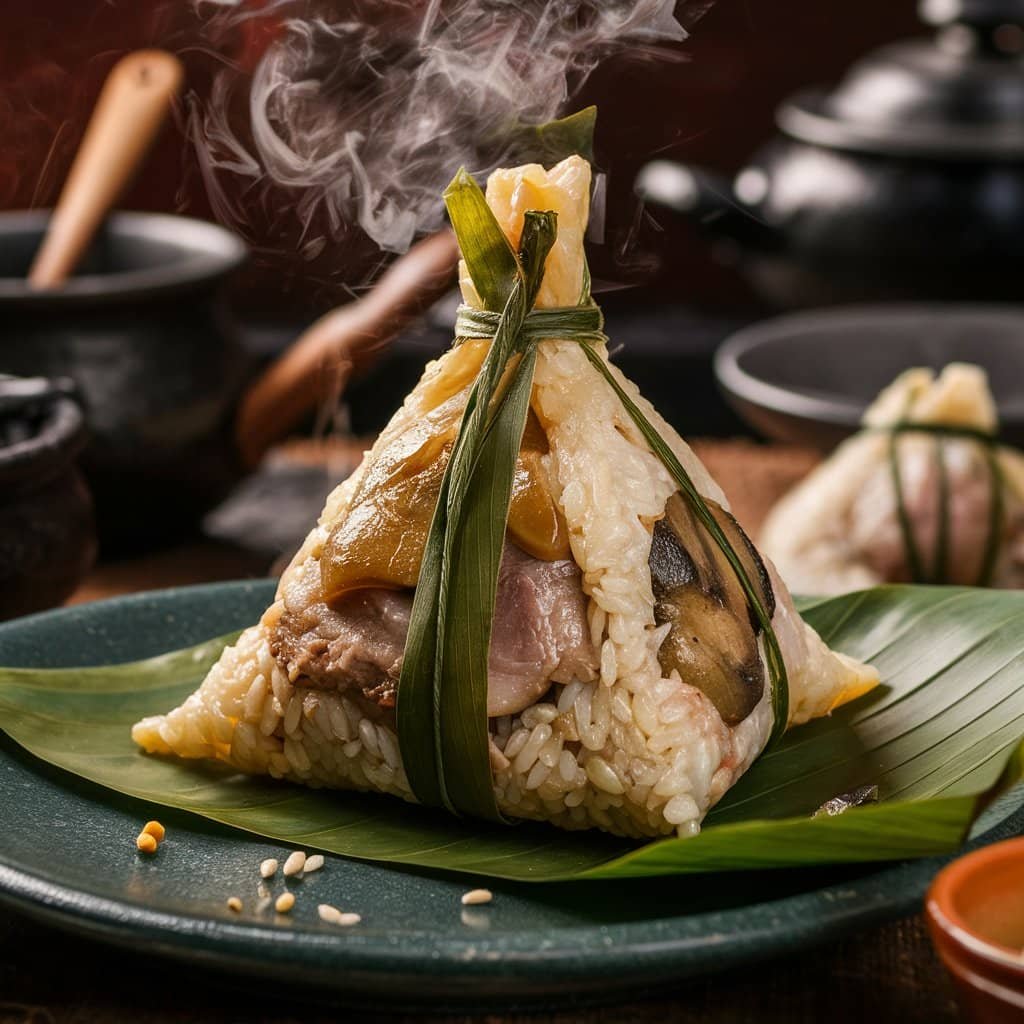


Conclusion
Making zongzi at home is a fun and rewarding experience that allows you to enjoy this traditional Chinese delicacy with your own choice of fillings. By following this recipe and tips, you can create delicious and flavorful zongzi that will impress your family and friends. Give it a try and share your experience in the comments below!







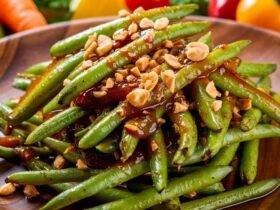

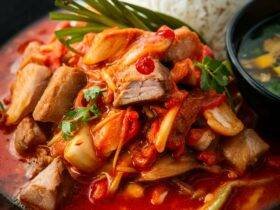
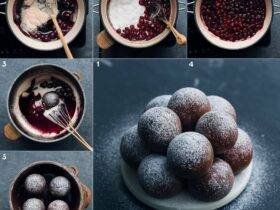






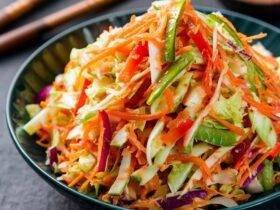
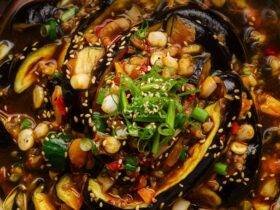

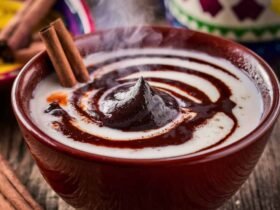

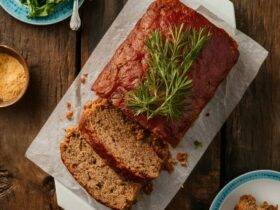
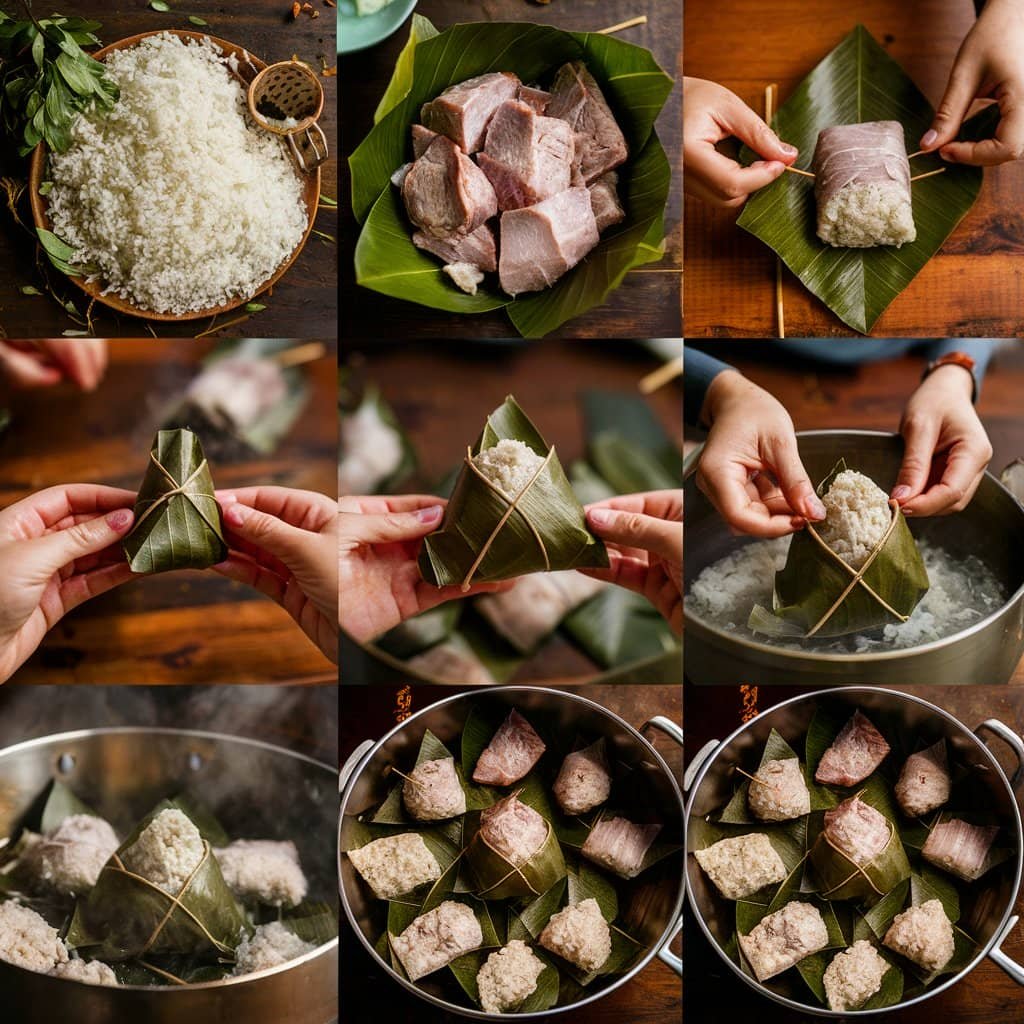
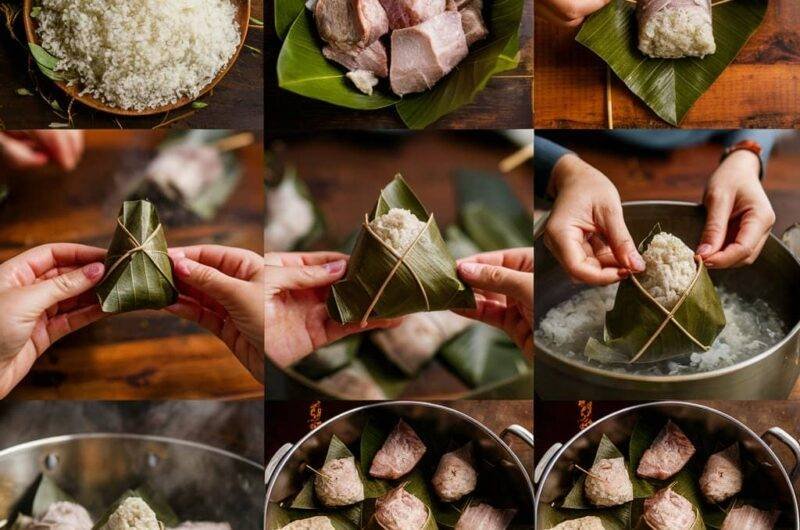

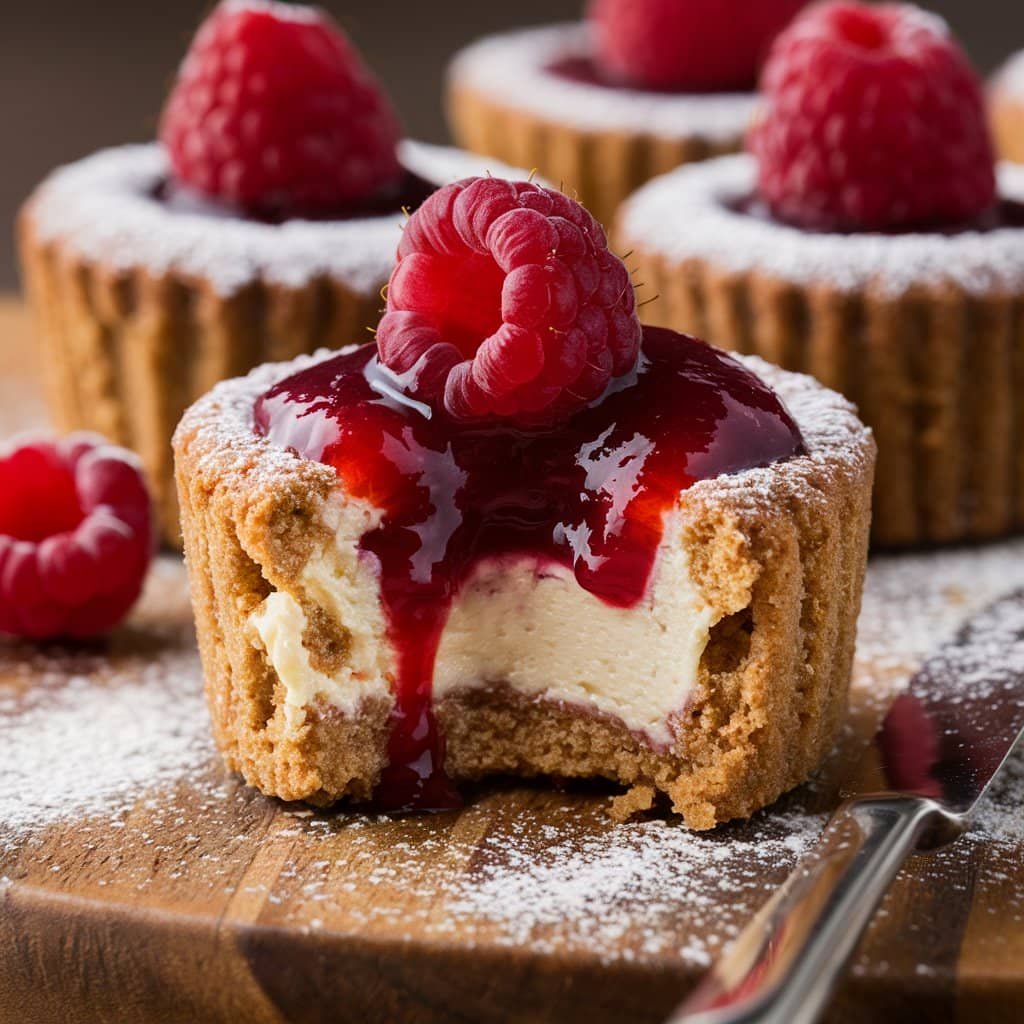
Leave a Reply